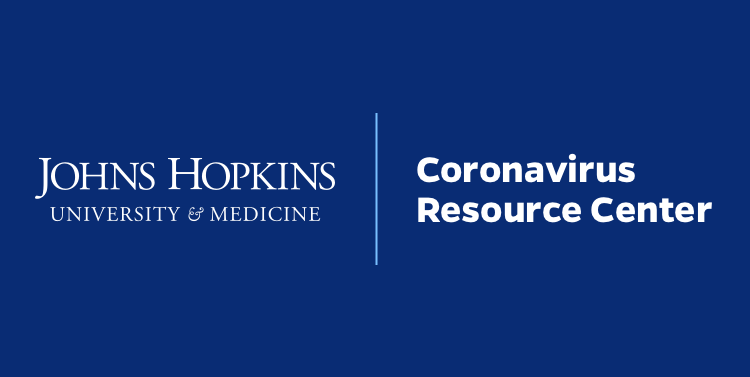So all those super-spreader incidents where a lot of people got the virus from people who had no symptoms...?
Or the rapid, exponential spread in high density areas even after people with symptoms were self-isolating...?
Regarding the "super-spreader" incidents, it is very possible (I'd even say very probable) that somebody had some kind of symptoms like a mild cough or a few sneezes and it wasn't memorable enough for people to recall weeks later when questioned.
On the spread, do you really believe that everybody with a mild cough or "cold" was actually self-isolating from the people within their household? Even with the dramatically increased testing, do you think that everybody with any mild symptom goes out and gets tested? From personal observation, not even half of people follow one way aisles in Publix. I don't believe that anywhere near all people with any kind of symptom actually completely isolates.
A few things that, in my opinion, back up this new information from the WHO.
1) The Governor of Montana recently stated, after a few days of several new cases per day, that there was not a single active case in the state where they didn't know exactly how the patient got infected. It would be impossible to get to the source of every case if there was significant asymptomatic spread.
2) South Korea got the outbreak under control with testing, contact tracing and temperature screenings. They didn't completely eradicate the virus but the actual "outbreak" lasted less than 3 weeks. Controlling the outbreak with these methods would also be impossible with large scale asymptomatic spread.
3) Logic. We know that the virus was in the USA many weeks before the spread was recognized. If there was large scale asymptomatic spread with a virus that is this contagious then it would be expected that a much higher percentage of the population would have been infected by the time the outbreak was recognized. Additionally, I don't believe that any prior respiratory virus has been spread by asymptomatic carriers. I could be mistaken and I haven't had time to try and research it.
Due to how easily this virus spreads, I can definitely believe that people with very mild cases could spread it to several people in close contact with a couple of uncovered sneezes or coughs.
With respect to WDW operations, I believe that the temperature screening will do far more good in preventing spread at the parks than anything else they are doing.
I think it's important to keep in mind that pre-symptomatic isn't the same as asymptomatic. Therefore people can still spread the disease who aren't physically demonstrating symptoms yet.
First, nobody actually knows this. This is from a 2009 paper on the nih website about influenza. I only bring it up because influenza is a respiratory infection as well and there isn't enough evidence or studies to draw a conclusion on COVID-19.
We performed a systematic review of published studies describing the relationship between viral shedding and disease transmission. Based on the available literature, we found that there is scant, if any, evidence that asymptomatic or presymptomatic individuals play an important role in influenza transmission.
https://www.ncbi.nlm.nih.gov/pmc/articles/PMC2646474/
:quality(70)/d1hfln2sfez66z.cloudfront.net/06-09-2020/t_075f0ad6ef6446fa968e59420e7e8d5c_name_ORCO_COUNTY_UPTICK_CV19_CASES_frame_1255.jpg)



